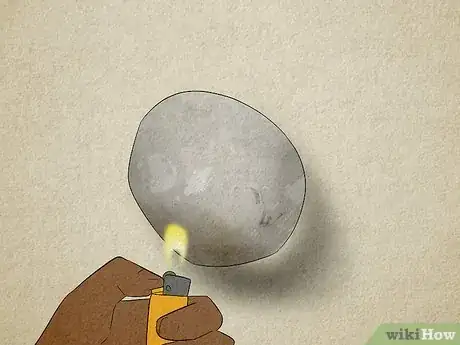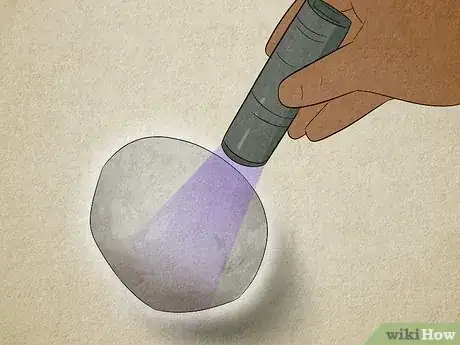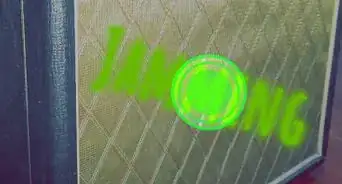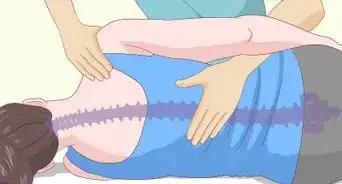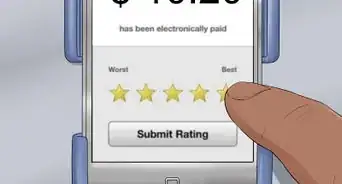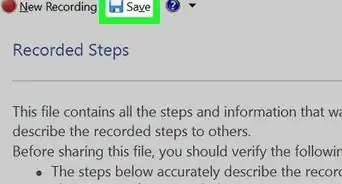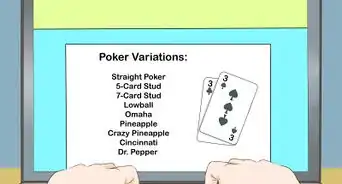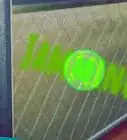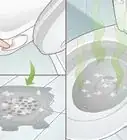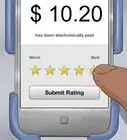This article was co-authored by Sam Lagor, MSc and by wikiHow staff writer, Aly Rusciano. Sam Lagor is a Geologist with over eight years of experience. He specializes in engineering geology (dams, bridges, and tunnels) and mineral exploration (gold, lead/zinc, andindustrial minerals). Sam holds a BS in Geology from St. Lawrence University and an MS in Geology from The University of Vermont. He is also a member of the Geological Society of America and the American Institute of Professional Geologists.
There are 9 references cited in this article, which can be found at the bottom of the page.
This article has been viewed 13,901 times.
Clear quartz can help you focus and clear your mind, but how can you tell if your crystal is the real deal? Unfortunately, there are many crystal scams out there, and some people may claim they’re selling you clear quartz when, in reality, it’s glass. But worry not because there are plenty of ways to solve the real vs. fake debate! Real quartz has imperfections, is cool to the touch, and can scratch glass. To learn additional ways to tell if your crystal is real or fake, read on.
Things You Should Know
- Notice if your crystal seems too perfect, as natural imperfections are what give crystals their healing energies.
- Press your crystal between your hands and see if it’s cool or warm to the touch—cool means it’s the real deal.
- Scratch your crystal against glass. If the glass scratches, the quartz is real—it's harder than glass on the Mohs scale.
Steps
References
- ↑ https://www.gemsociety.org/article/inclusions/
- ↑ https://youtu.be/1qIK_6VelB0?t=59
- ↑ https://www.gemstones.com/gemopedia/quartz
- ↑ https://www.oakton.edu/user/4/billtong/eas100lab/hardness.htm
- ↑ https://youtu.be/FkPwvgKYdFg?t=40
- ↑ https://hypertextbook.com/facts/2005/GilFishman.shtml
- ↑ https://youtu.be/An1V0JYopV4?t=320
- ↑ https://youtu.be/uEKIhS9kozE?t=133
- ↑ https://www.gemsociety.org/article/understanding-luminescence-gemology/





